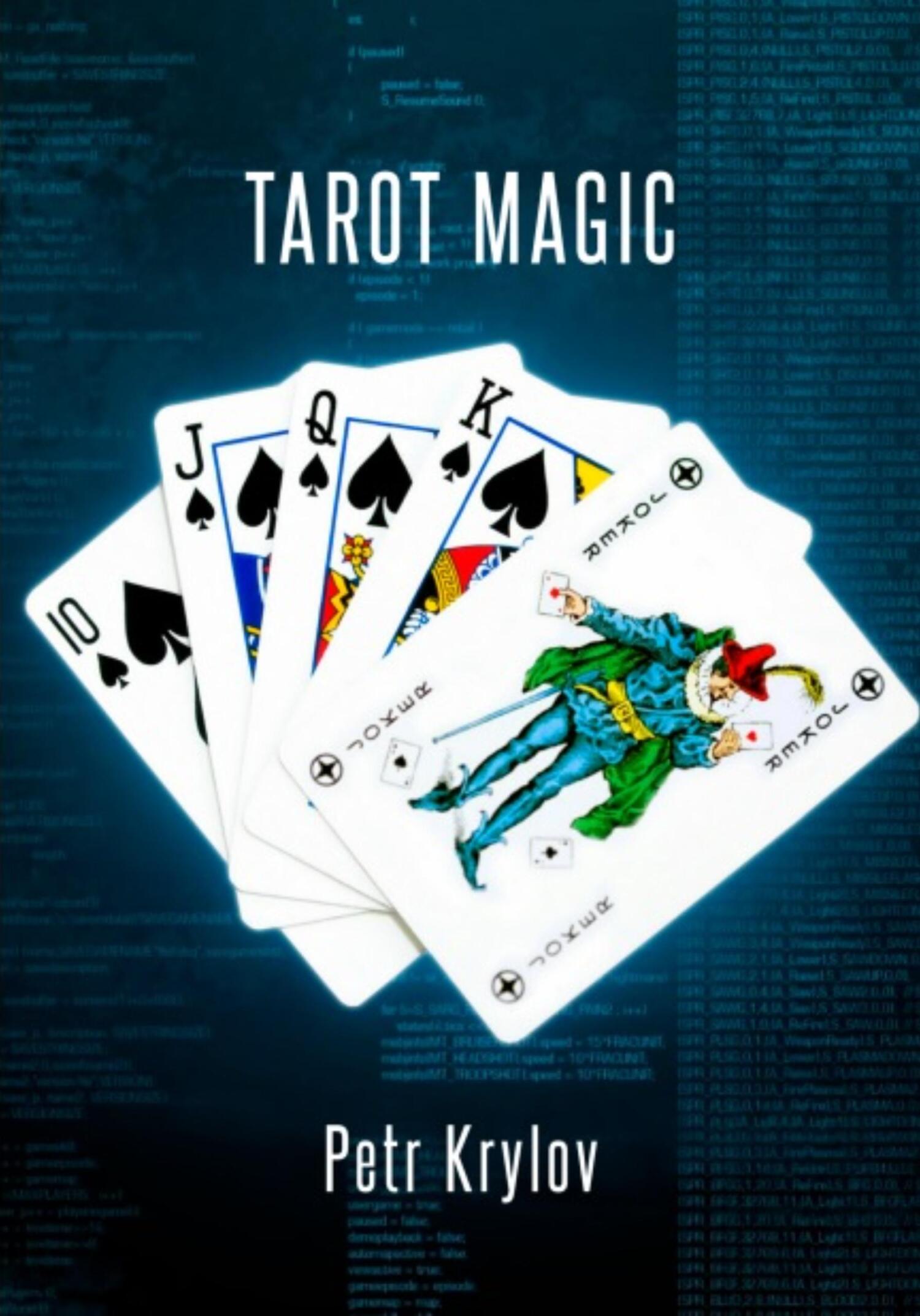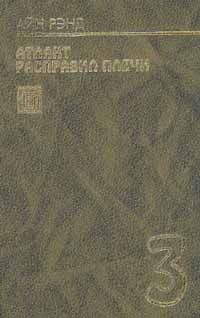as by actors, secret-service agents, image makers, entertainers, and the like.
7. Rather than just use it for a while, the stalker begins to live to the matrix of the desired psychological type. This involves the regeneration of some subtle bodies, causing changes at all levels of life.
8. The stalker assembles a matrix out of the causes and features of other successful matrices. If the stalker is, say, an errand boy with a club for businesspeople, he closely analyzes the causes of their success, thinking in analogies he understands, and borrows from the matrices he observes the most valuable things, using them for causes of his beliefs and the framework of his behavior. Such amorphousness of principles lets the stalker have a very flexible psyche and prevents them from aging.
9. To form an image, the stalker uses, at a subtle level, a variety of artifacts and amulets read by the consciousness of others, giving them certain impressions.
For example, if the stalker doesn’t feel like getting into a fight in a strange place, pretending he’s an evil goblin, he puts on a ring charged with a killing spell (preferably one that has killed before), creating an aura of danger around him that protects him from unwanted conflicts.
The most common charms of this sort include “super macho,” “dangerous adversary,” “respectable partner,” “rich man,” “innocent girl,” “super lady,” “little child,” “mystery man,” “lucky,” “lethal danger,” and “inconspicuous.” Crafted through magic, they often create such a strong impression of the stalker that they change his own opinion. The stalker begins to attach himself to the astral mask of the charm he’s using.
10. Stalkers use meditation on some mandalas and channels, soaking themselves (or those around) in specific energy having a specific color, such as power, mystery, or danger.
11. All these techniques use what is called the mirror principle — coadjustment between the stalker and the given entity, energy, mandala, channel, and the like.
After some instances of that coadjustment, the stalker (the magician, etc.) notices that they can tune in directly, with no intermediary between them, onto the entity, the world, or the part of the world they’re in.
This technique involves feedback: with a certain state of mind, you develop a link with a certain part of the world.
To use the technique, you should have psychic powers or an egregor connection. Turning the thought “I’m rich; I’m rich” over in your head won’t tune you in on wealth.
12. Stalkers who have repeatedly tuned in onto various entities get to find that all entities are pretty similar as far as adjustment goes.
Just as all movies and plays fall into categories, so are all entities grouped by certain criteria and restrictions.
To an experienced stalker, all entities match a system of templates divisible into four primary types and ten designations.
The next chapters will address those types and designations.
Chapter 9. What, what are these beasties made of?
The previous chapter arrived at the conclusion that all objects in the world around the stalker can be divided into a system of energy templates. This has repeatedly been verified in practice and is beyond question. There’s also a fairly developed and fine theory that describes this state of things.
For instance, Chinese martial arts divide combat styles into several basic categories:
1. Bear Style is, as a rule, characterized by slow, powerful bodily motions and strong, stable stances. This style focuses on the Muladhara chakra and red energy. One of its features is super strength, allowing the fighter to, say, hurl a one-ton boulder.
2. Tiger Style (Leopard or Stag with some schools) is, as a rule, characterized by soft, smooth (“lazy”) motions that abruptly acquire rigidity as the fighter moves to a higher level. It also involves streamlined stances with liquid vertical escapes.This style also focuses on accentuating the transition to a state of trance, using “tiger breath” and “tiger growl” as well as by running the totem’s energy through, and pulling it to, the fingers (for the leopard, the low back; for the stag, the shoulders and fists). The high levels of the styles (especially the Leopard Style) place an emphasis on wave-like motions. Energy-wise, the Tiger Style draws from Svadhisthana and orange energy. The style’s features include sensuality, vitality, and charisma (including sexual charisma). The style stands out as being impressive and powerful as well as enabling the fighter to injure the opponent. The highest siddhi of this style is the ability to control time — the Lord’s Growl, paralyzing the enemy.
3. Snake Style primarily involves flexible, “boneless,” wave-like motions accentuating the “flutter.” It focuses on mastering flexibility as it is essential to the running of the characteristic energy through the body. Practicing the moving of energy through one’s body also involves learning how to move one’s energy through the opponent’s body, making changes to it — for example, by paralyzing, poisoning, or healing them (hence the style’s name). The style places an emphasis on the Manipura chakra, yellow energy. The distinguishing feature of the style is the ability to transform one’s or another’s body and energy. The style involves learning to heal (meaning the transformation of the cause of disease rather than temporary recovery) and to poison, as well as to master a variety of medication-based and other healing techniques (such as acupuncture and massage). A classic example is striking an acupuncture point with a finger to cause paralysis. A more complicated version of the technique is the Touch of Death — killing the opponent, in a while rather than instantaneously, with seemingly less than lethal force targeted at an acupuncture point.
4. Monkey Style (in the chaotic Yang aspect as opposed to the orderly Yin aspect in the Crane Style). This style is characterized by swift, disorderly motions (as opposed to harmonic motions in the Crane Style). The necessary swiftness is achieved through training the brain and the body. The style focuses on the chest chakra and green energy or one of its sides (blue or brown).




